Cards In This Set
| Front | Back |
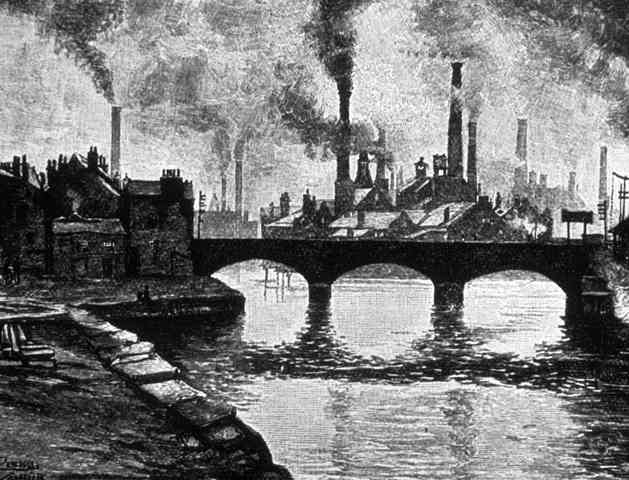 Why did the industrial revolution begin in Britain |
Britain had resources such as iron and coal. Also, Britain had geographical support.
|
|
What were some of the things that the industrial revolution change or improve?
|
Agriculture, textile & metal manufacture, transportation.
|
 What is crop rotation and why was it used? |
Crop rotation is a strategy used by farmers to plant different kinds of cops in the same area. This strategy was invented by Lord Townshed.
|
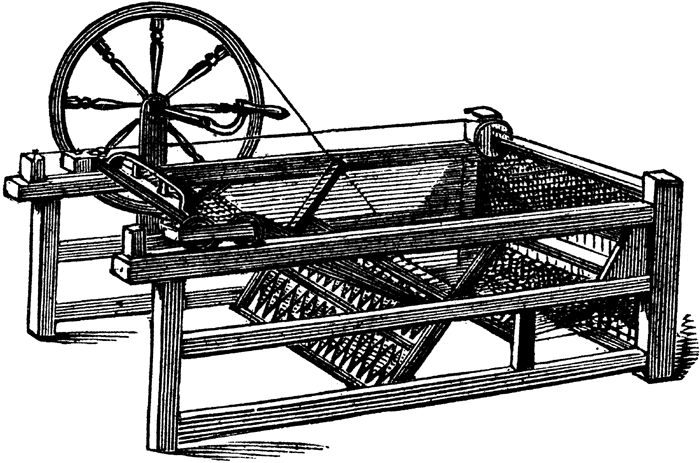 Who invented the Spinning Jenny? |
James Hargreaves invented the spinning jenny in 1764 as a way to reduce the amount of work needed to make yarn.
|
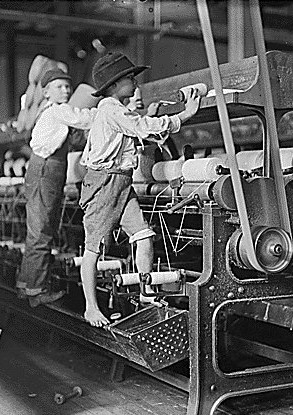 Why were children allowed to work at a young age? |
During the industrial revolution children labored as young as five years. Their small bodies enabled them to go under machines or work in narrow mine shafts.
|
|
What was the Ten Hour Act of 1847?
|
The Ten Hour Act regulated the amount of hours that women and children worked. This act allowed women and children to work for 10 hours per day.
|
|
How was transportation improved?
|
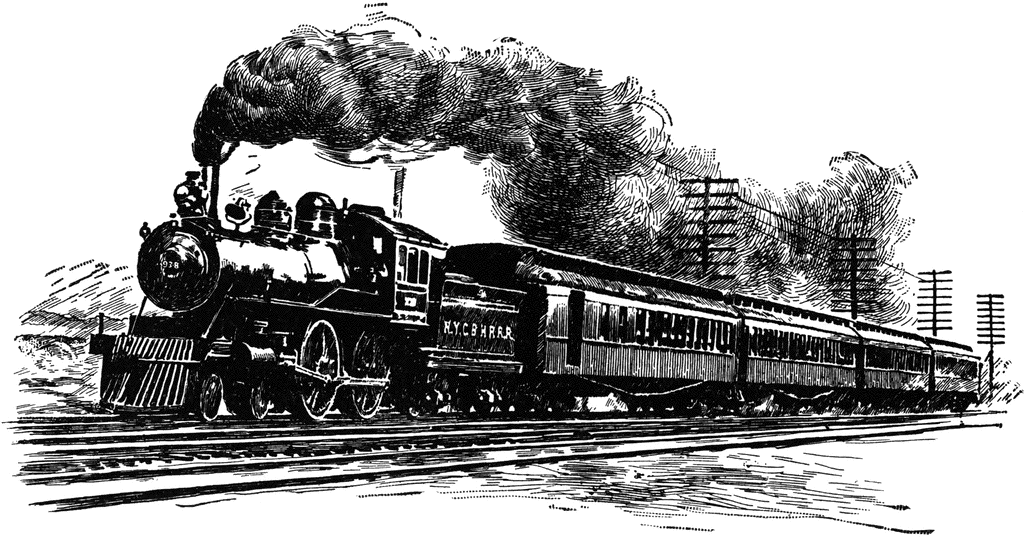 Transportation was improved by the creation of more railroads and the use of coal to help function trains. |
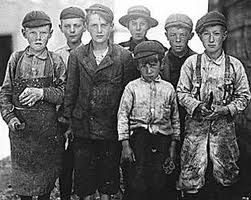 "That children are employed generally at nine years old in the coal pits and sometimes at eight. In fact, the smaller the vein of coal is in height, the younger and the smaller are the children required..." Mr. Payne (coal master) |
This quote shows the expectancy in years of children in order to be able to work in coal pits during the years of 1780-1860. It also shows how masters preferred smaller children.
|
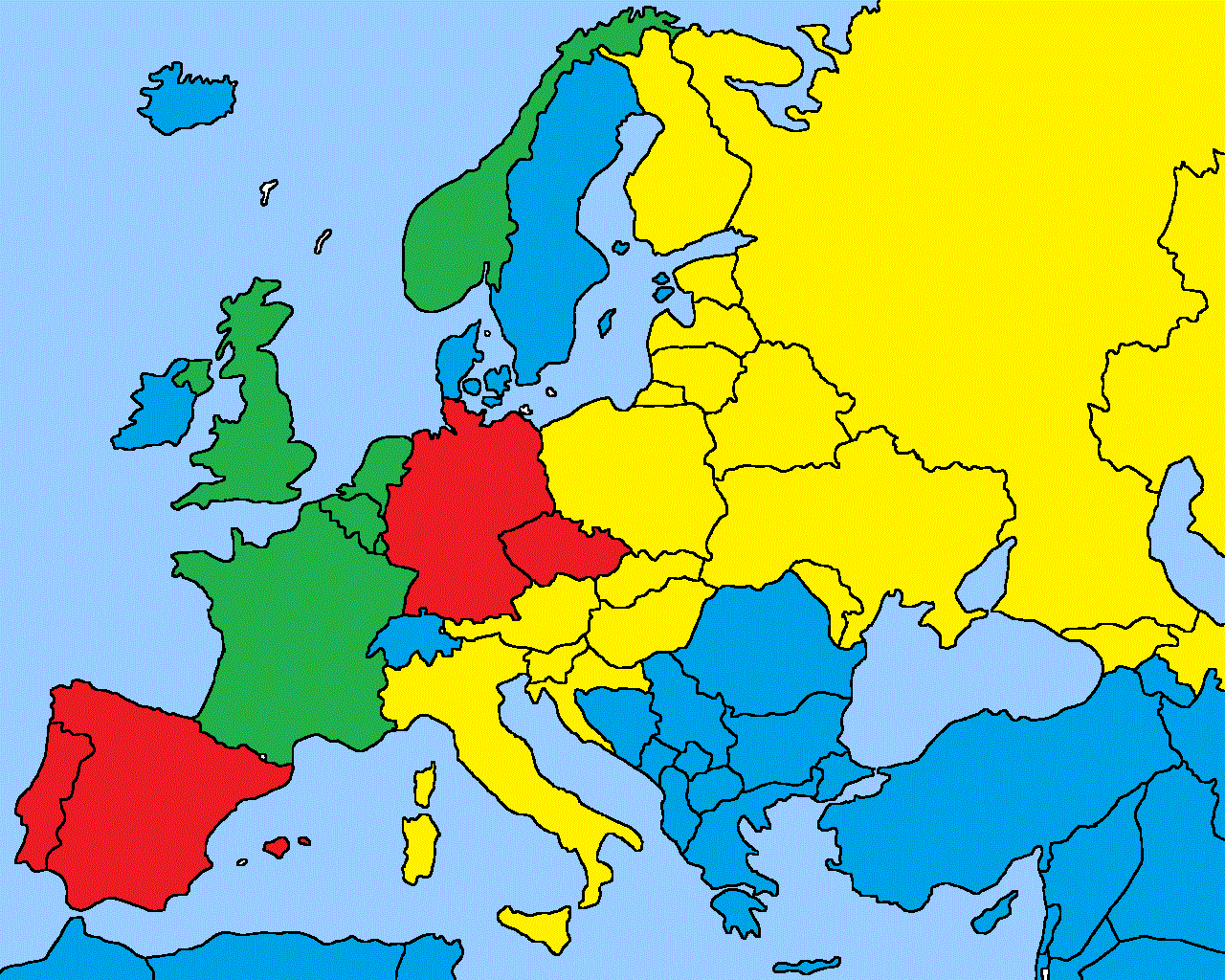 When did the industrial revolution capture the eye of the rest of Europe? |
The industrial revolution started to influence Europe after 1815. The revolution was rapid and brought many radical changes.
|
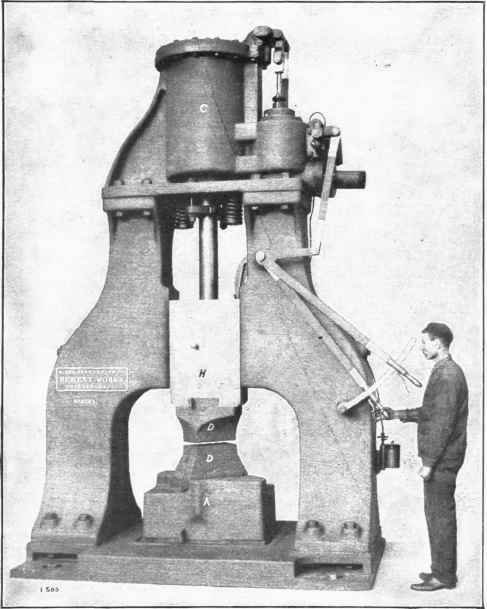 How did the Steam Hammer, invented by James Nasmyth in 1832, help during the industrial revolution? |
The Steam Hammer is powered by steam that is used to shape metal. This tool helped in the making of new machines.
|
|
What is the Crystal Palace?
|
In 1851 London held the Great Exhibition in the Crystal Palace. It was an architectural masterpiece made of glass and iron, and it displayed the latest technology from Britain.
|
|
How did the actions of the Luddites affect industrialization?
|
The Luddites attacked the factories in northern England in 1812. They smashed the new machines they thought were putting them out of work. They delayed the process of production.
|
|
What did the Essay on the Principle of Population by Thomas Malthus argue?
|
The essay argued that the population tended to grow faster than the food supply.
|
|
"I'm sure I don't know how to spell my name. We go at four in the morning , and sometimes at half-past four. We begin to work as soon as we get down." Ann Eggley, hurrier, 18 years old.
|
This quote from Ann Eggley shows the life of young adults was affected during the industrial revolution. They didn't receive an education because instead they went to work to help their families.
|
|
What did the Factory Act of 1833 accomplish?
|
The factory act limited the factory workday for children between nine and thirteen to eight hours and adolescents between fourteen and eighteen to twelve hours a day.
|



